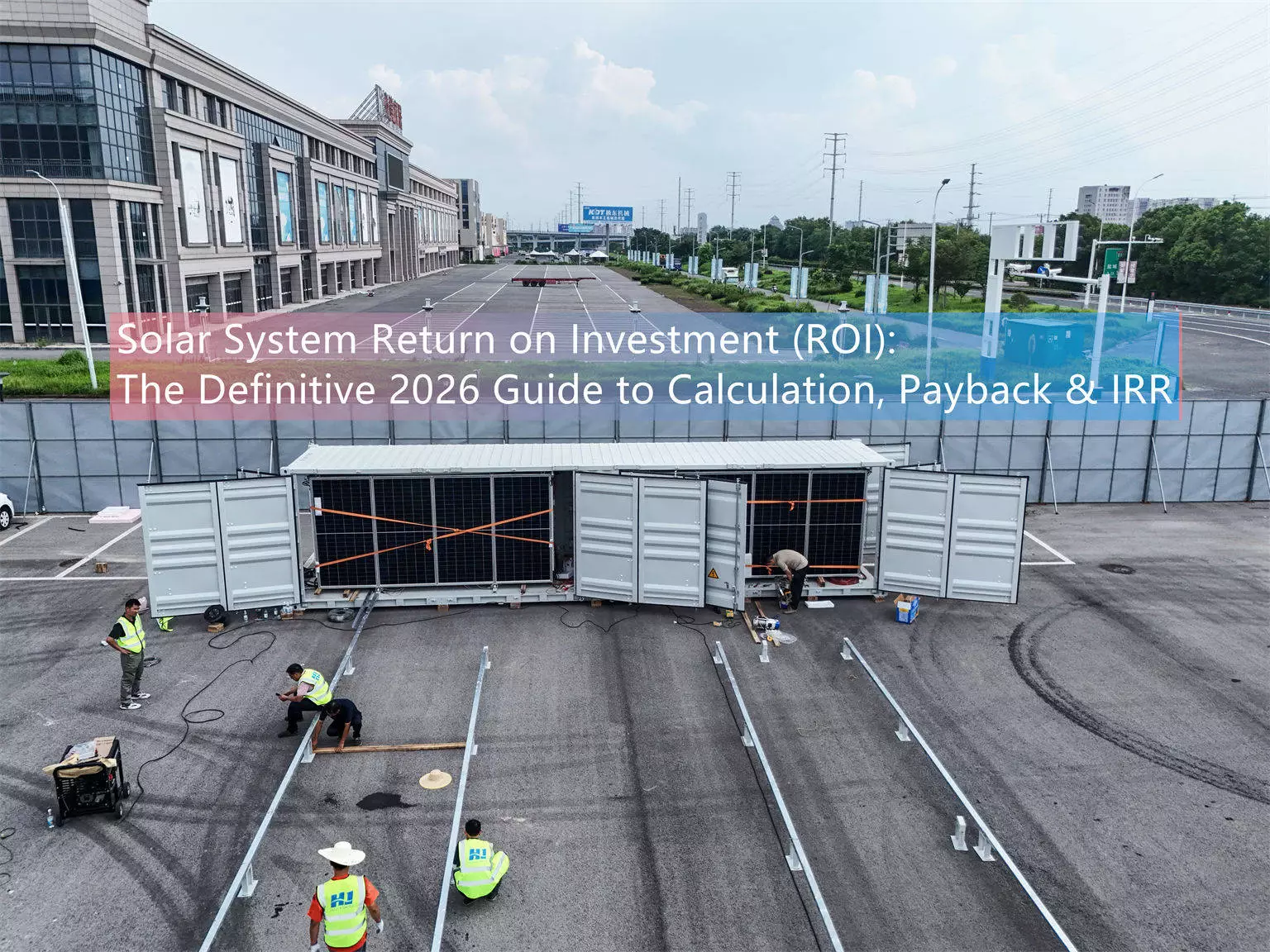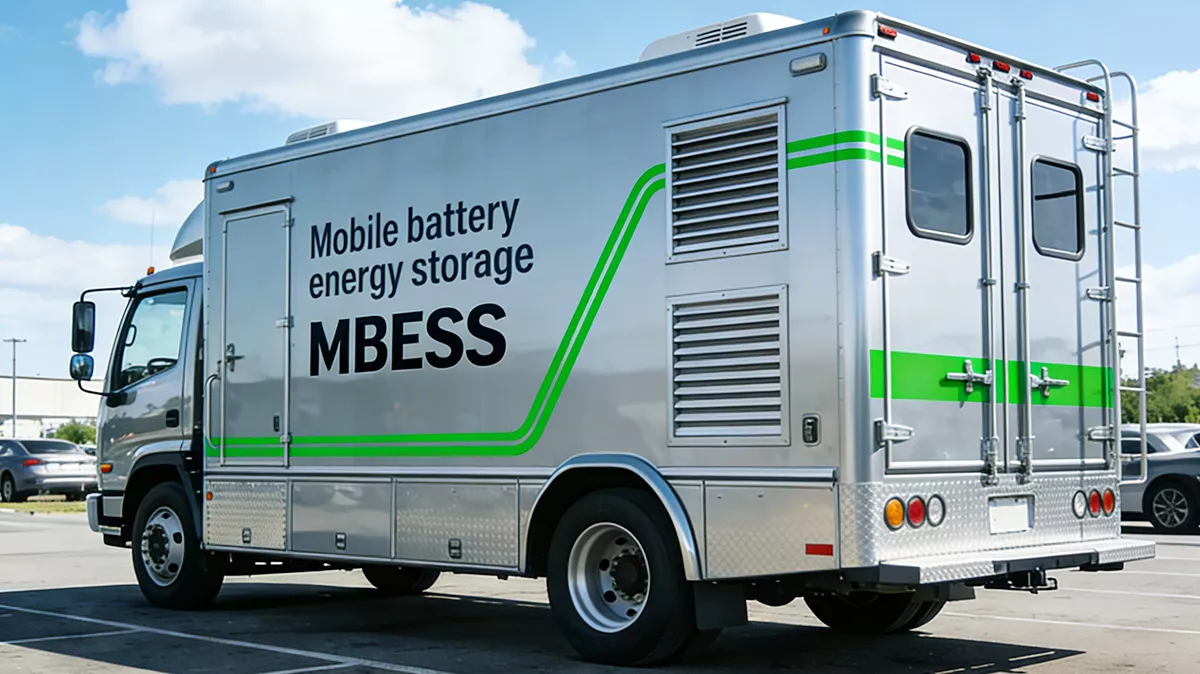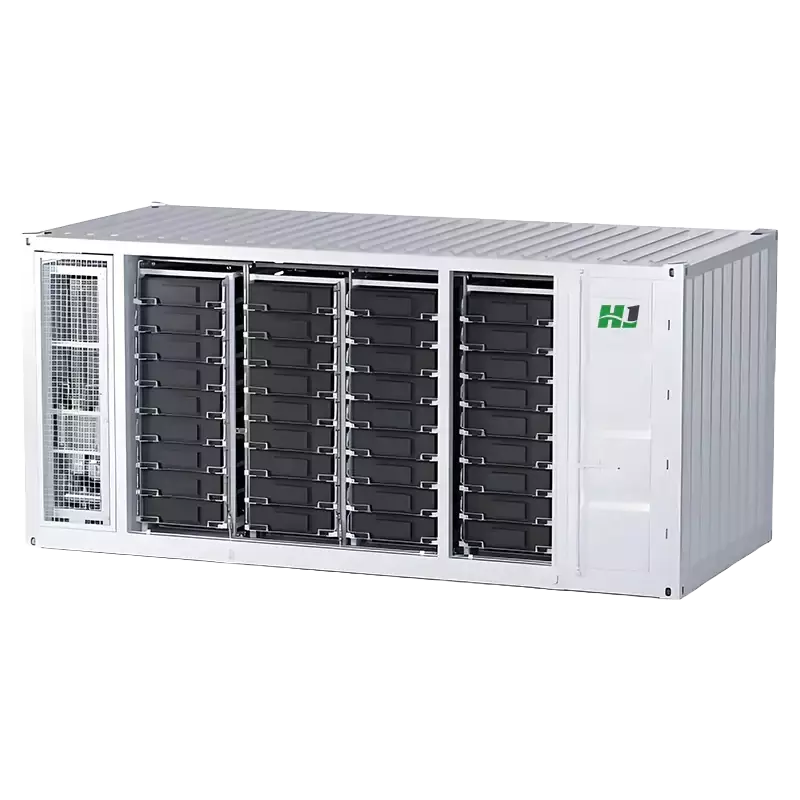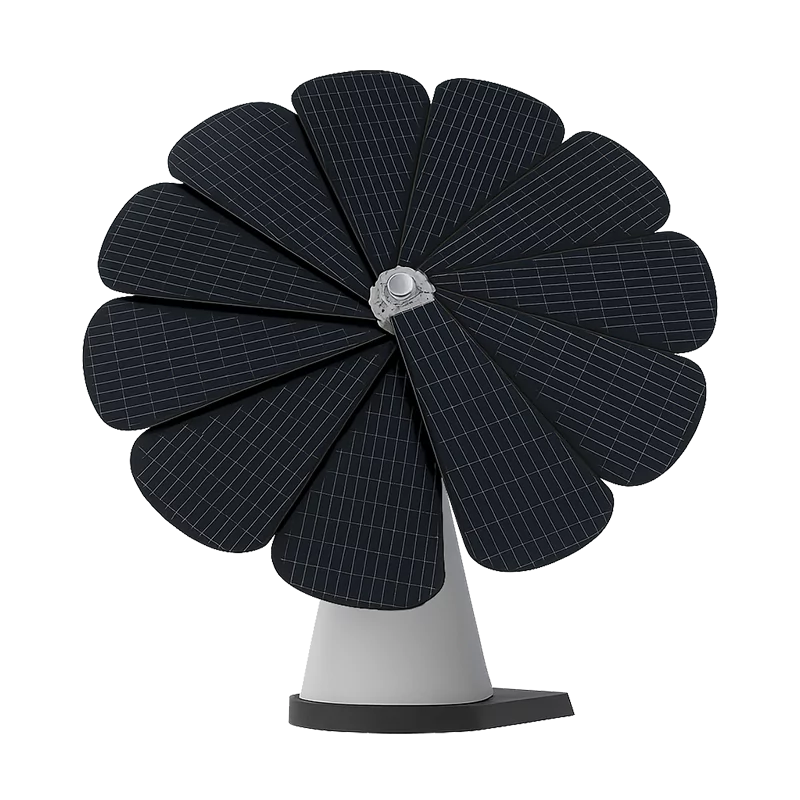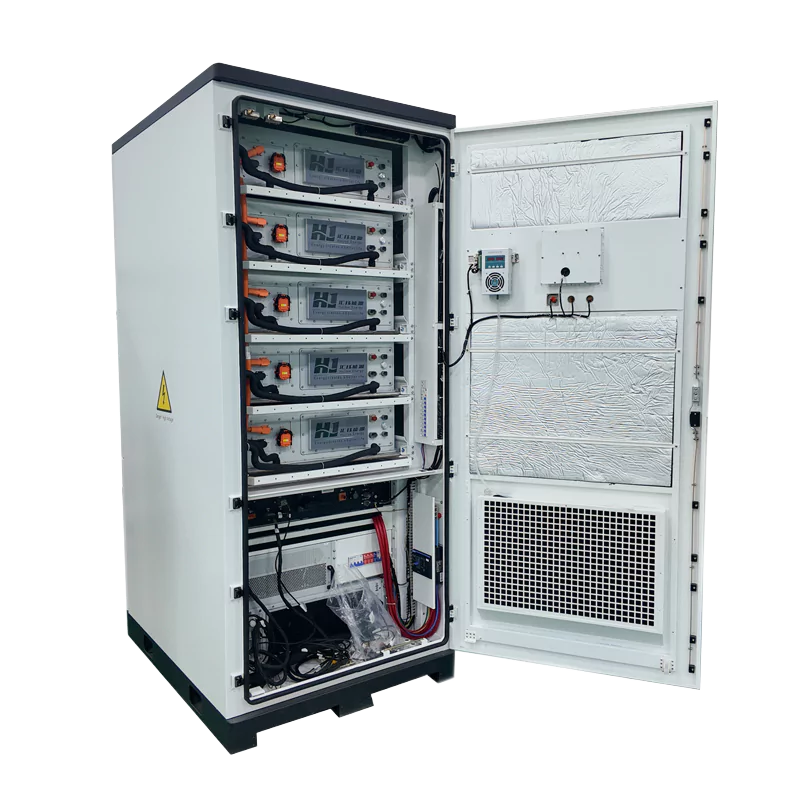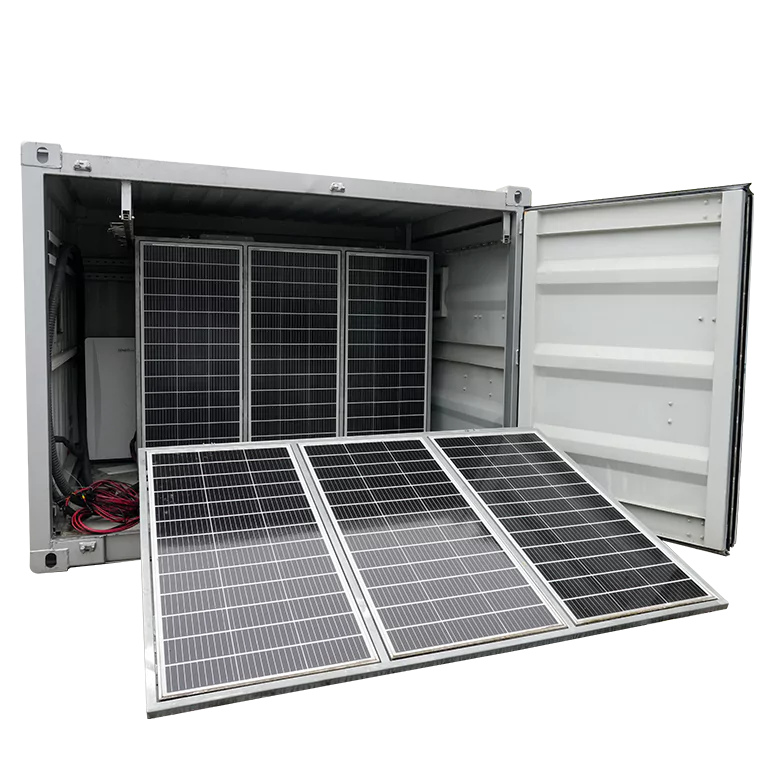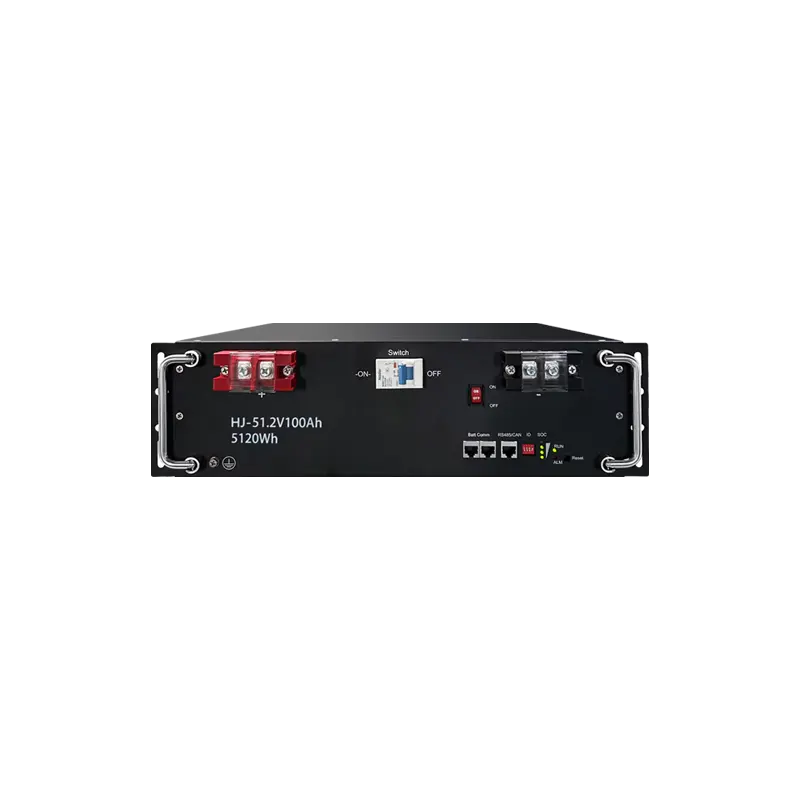Battery storage cabinet: how to determine its required capacity?
In our daily life, we inevitably come into contact with electrical storage, ranging from household power banks to home storage for household appliances. Or in factories, in order to save electricity, we need to calculate the electricity consumption.
So, calculate how much capacity is required for a Battery Storage Cabinet? How should it be calculated? First of all, the key lies in clarifying “how much electricity you need to store” and “how long the system will supply power/discharge electricity”. In simple terms, it’s: how much electricity you need + how long you will use it.

For instance, if my family needs to be equipped with energy storage devices, such as energy storage batteries or a home all-in-one machine (energy storage + inverter), for the operation of air conditioners and lights, then what capacity of energy storage should I configure? Then it is necessary to know the rated power of the air conditioner, the power of the electric lights, and how long they need to be used every day?
For example, in summer, an air conditioner with 800W power is used for 5 hours every day, and five electric lights with 20w power are used for 8 hours. Power * usage time = capacity. 800W*5+20W*5*8=4800WH, which is 4.8 KWH of electricity.
This calculation method is used for storing electricity during the day and consuming electricity at night. It is equivalent to the capacity required for an off-grid system that uses all solar power generation. If you don’t need to be completely off-grid or use solar energy, wind energy, etc. entirely, you can reduce the capacity. The grid-connected system is supported by the power grid, and even if the capacity is small, there will be no power outage.
Then, how should the capacity used for peak shaving and valley filling in industrial electricity be calculated?
- Total daily electricity consumption: 800 kWh
- Off-peak electricity period: 10 p.m. to 6 a.m. the next day (a total of 8 hours)
- Grid-connected system: Electricity can be purchased from the power grid
- Objective: Utilize off-peak electricity for charging and use it during the day to achieve the effect of peak shaving and valley filling, as well as saving electricity bills
This is a common case of factories saving on electricity costs. They charge the cheap “off-peak electricity” at night and use it during the day, thus reducing electricity expenses.
Therefore, the required capacity of the energy storage system should be able to store the electricity that is fully charged from 10 p.m. to 6 a.m. within an 8-hour period and release it for use during the day when electricity prices are higher.
Suppose you plan to use an energy storage system to cover 60% to 80% of your daytime electricity consumption (this is a common strategy for industrial users to avoid excessive investment and waste). Let’s take 70% as an example:
The daily amount of electricity to be released = 800 × 70% = 560 kWh
This is the amount of electricity you plan to supply with energy storage during the day. Considering that energy is lost during the charging and discharging process, the overall efficiency of the energy storage system is generally around 90%, and the depth of discharge (DOD) of the battery is 90%.
Therefore, to meet the available electricity capacity of 560kWh, the rated capacity of the system should be:
560÷0.9÷0.9≈692.6kWh
To take an integer, such a peak shaving and valley filling energy-saving factory approximately requires a 700 KWH energy storage system. Battery energy storage cabinets can be combined in parallel according to capacity requirements (for example, if each cabinet is 100kWh, 7 cabinets are needed). The charging time is 8 hours to fully charge 700 KWH, and the average charging power required is about 87.5 kW. If the discharge time is set at 10 hours during the day, the average discharge power is 56 kW (which is sufficient for daytime use).
Sure, in this case we use idealized conditions. Variable factors in reality, such as the power of electrical load, etc., will all require changes in our battery storage cabinet.
Find Your Solar + Battery Storage Specialist Now!
* Fill out this form and our experts will help you find the perfect solar storage solution for your home or business.




